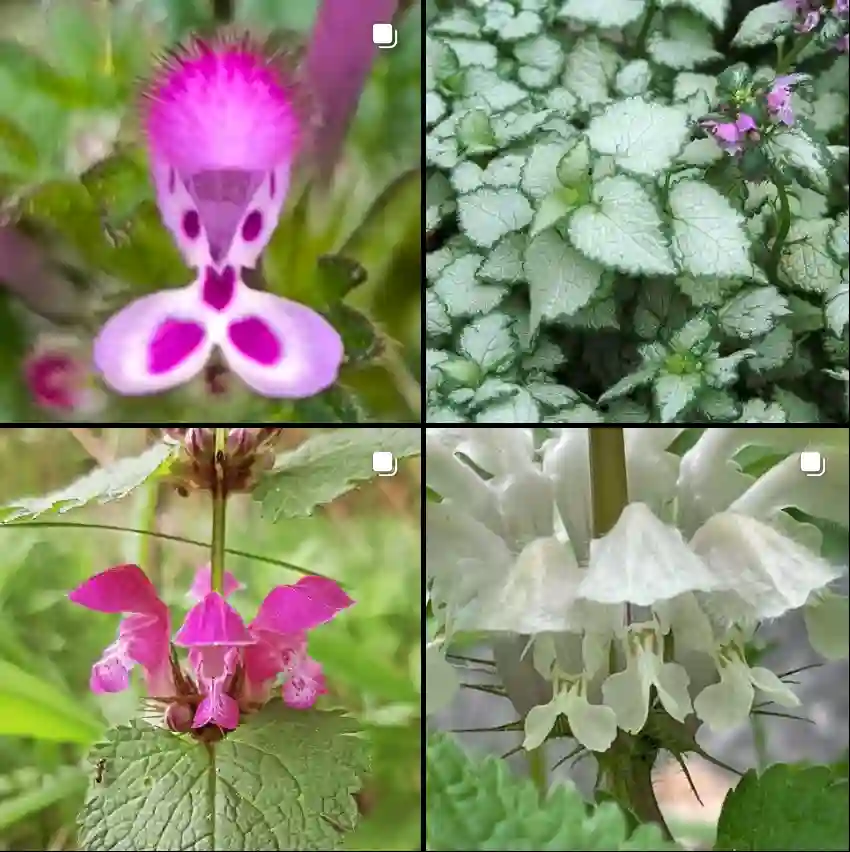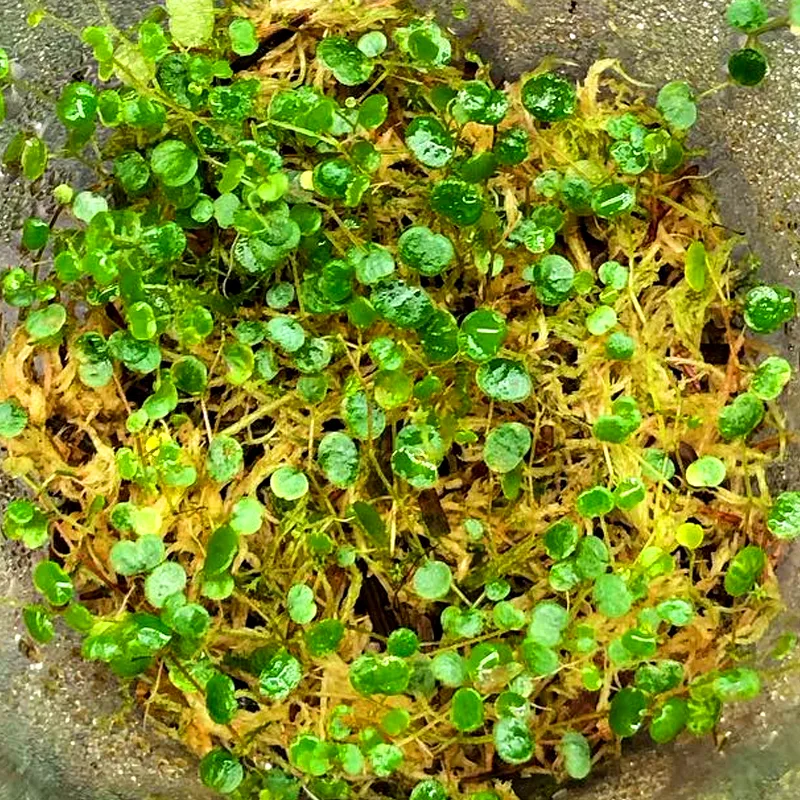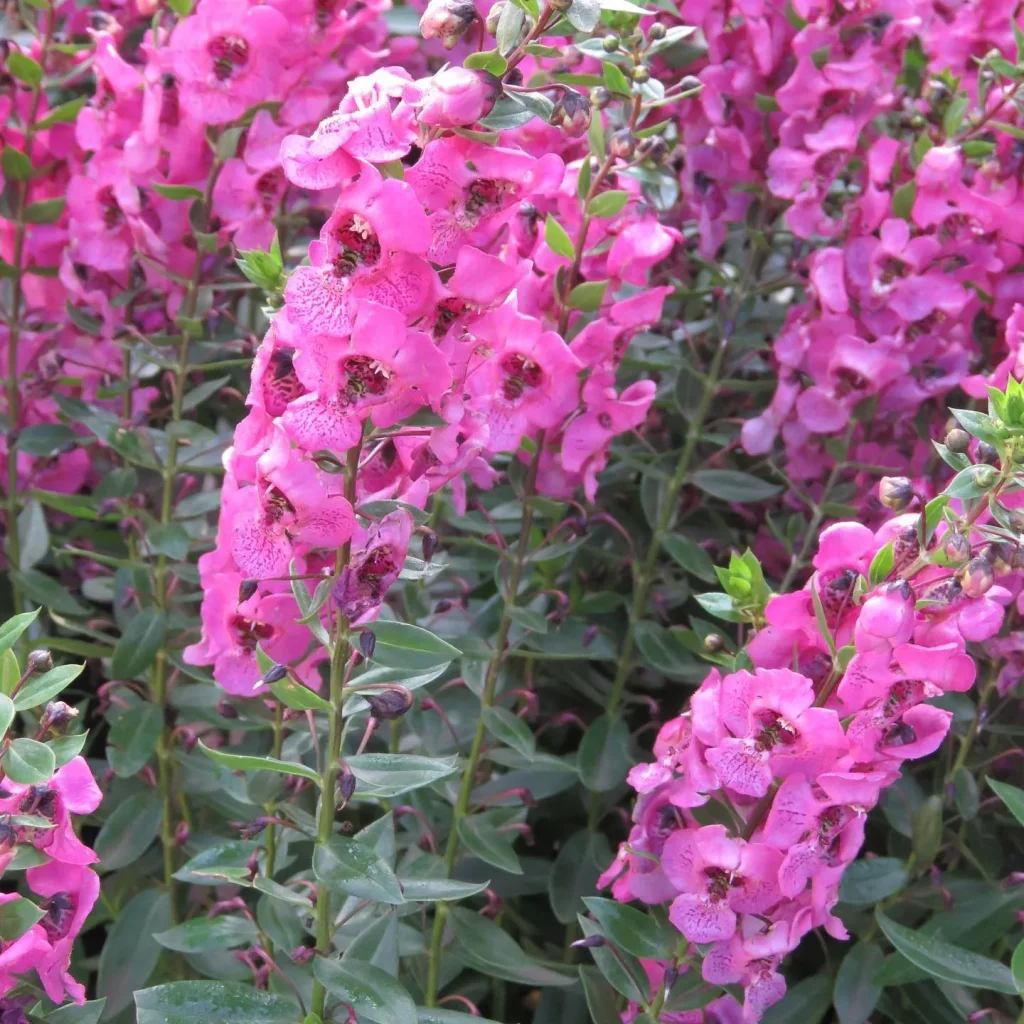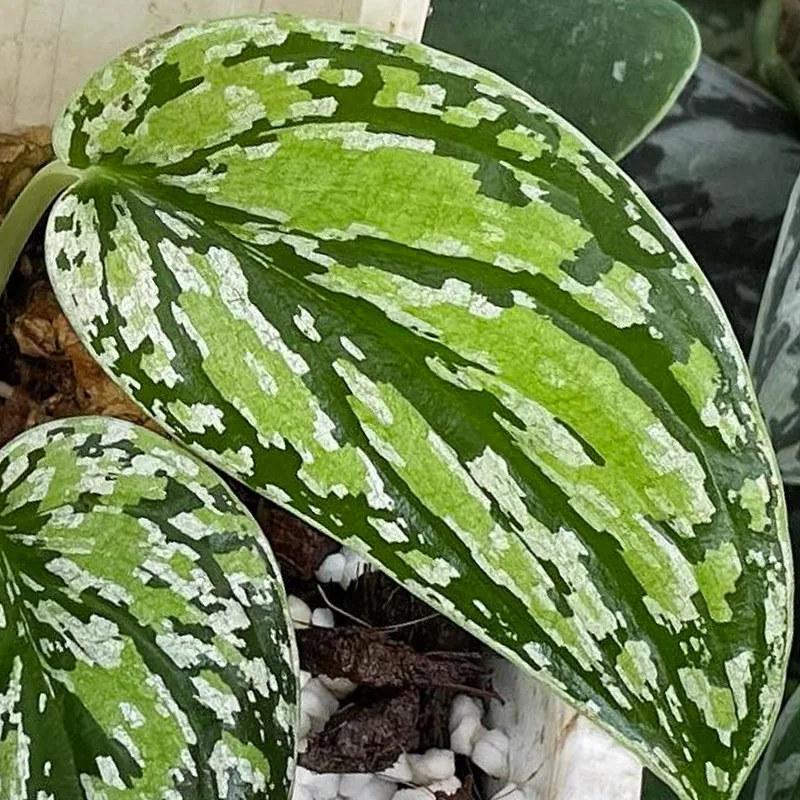Exploring the Schlegeliaceae Family
As a plant enthusiast, I’ve often found myself captivated by the diversity and uniqueness of plant families. One such family that has piqued my interest is the Schlegeliaceae. This family consists of fascinating genera, including Exarata, Gibsoniothamnus, Schlegelia, and Synapsis. In this article, I’ll share my experiences and insights into these remarkable plants.
Understanding the Schlegeliaceae Family
The Schlegeliaceae family is a lesser-known group within the flowering plants, primarily found in tropical regions. The plants in this family have unique characteristics, often showcasing vibrant colors and intricate structures that draw the attention of both botanists and casual plant lovers alike. The diversity within the family is intriguing, and I find each genus has its unique charm.
The Genera of Schlegeliaceae
Exarata
Exarata is a genus that stands out with its distinctive flowering patterns. The flowers typically exhibit a vibrant color palette, often attracting various pollinators. I remember encountering an Exarata specimen during a visit to a botanical garden. The sheer beauty of its blossoms left me in awe. These plants thrive in well-draining soil and require bright, indirect light to flourish. If you’re considering adding an Exarata to your collection, ensure it gets plenty of sunlight and water it moderately to keep the soil moist but not soggy.
Gibsoniothamnus
Moving on to Gibsoniothamnus, this genus offers a more understated elegance. The foliage is lush and green, often featuring intricate patterns. I’ve come to appreciate the subtle beauty of Gibsoniothamnus in my garden, especially as it contrasts with more flamboyant species. These plants are generally easy to care for, requiring similar conditions to Exarata. They thrive in well-draining soil and enjoy humidity, making them perfect for indoor settings where humidity can be maintained.
Schlegelia
Then there’s Schlegelia, the namesake genus of the family. Schlegelia species are known for their striking flowers that can be quite showy. I’ve had the pleasure of seeing Schlegelia in bloom, and the sight was nothing short of spectacular. The flowers are often large and can vary significantly in color, which adds a vibrant touch to any garden. They do well in a mix of sun and shade and require regular watering. If you can provide them with the right conditions, they will reward you with their breathtaking blooms.
Synapsis
Lastly, Synapsis presents a fascinating array of adaptations. This genus often features elongated stems and smaller, more delicate flowers. I’ve observed how Synapsis can adapt to various environments, making it a resilient choice for gardeners. These plants thrive in warm climates and prefer a bit of shade, which makes them a versatile option for diverse garden designs. I’ve found that they can add a unique texture to arrangements when planted alongside more robust species.
Growing and Caring for Schlegeliaceae
Caring for plants in the Schlegeliaceae family is a rewarding endeavor. Each genus may have specific needs, but they share common requirements such as well-draining soil, adequate lighting, and moderate watering. I’ve learned that providing these plants with the right conditions can lead to thriving specimens.
For those looking to cultivate Schlegeliaceae plants, it’s essential to research the particular needs of each genus. Regular fertilization during the growing season can help enhance growth and flowering. I’ve seen significant differences in the vigor of my plants when I maintain a consistent feeding schedule.
The Ecological Importance of Schlegeliaceae
Beyond their aesthetic appeal, the Schlegeliaceae family plays a crucial role in their ecosystems. They contribute to biodiversity and can support various pollinators, which are vital for healthy ecosystems. During my time observing these plants, I’ve noticed a wide array of bees and butterflies drawn to their flowers, which reinforces their importance in promoting ecological balance.
Conclusion
Exploring the Schlegeliaceae family has been an enlightening journey for me. Each genus—Exarata, Gibsoniothamnus, Schlegelia, and Synapsis—offers unique characteristics and care requirements. Whether you are a seasoned gardener or a novice, these plants can add beauty and diversity to your collection. The joy of growing and nurturing these species is immense, and I encourage others to delve into the world of Schlegeliaceae. With the right care, you can experience the beauty and ecological significance of this remarkable family in your own garden.
If i die, water my plants!



